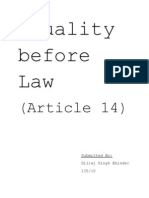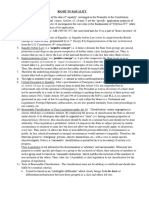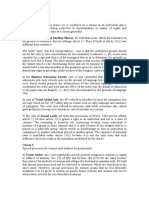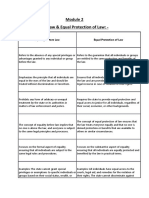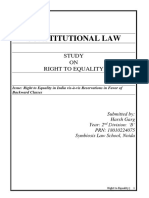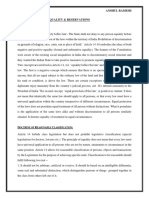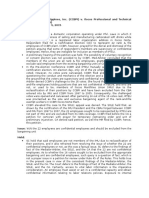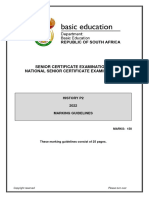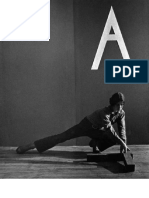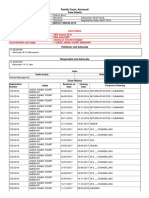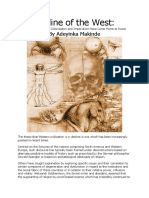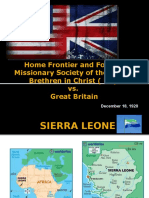0% found this document useful (0 votes)
20 views9 pagesMod 3, 5
Article 14 of the Indian Constitution guarantees equality before the law and equal protection of the law, emphasizing that all individuals are treated equally without discrimination. It allows for reasonable classification, enabling the state to provide special treatment to those in different situations to achieve social justice, which is further supported by Articles 15 and 16 regarding discrimination and employment opportunities. The document also discusses various landmark cases and amendments related to reservation policies and the rights of the accused, highlighting the evolving interpretation of equality and justice in the legal framework.
Uploaded by
Vibhansh AgarwalCopyright
© © All Rights Reserved
We take content rights seriously. If you suspect this is your content, claim it here.
Available Formats
Download as DOCX, PDF, TXT or read online on Scribd
0% found this document useful (0 votes)
20 views9 pagesMod 3, 5
Article 14 of the Indian Constitution guarantees equality before the law and equal protection of the law, emphasizing that all individuals are treated equally without discrimination. It allows for reasonable classification, enabling the state to provide special treatment to those in different situations to achieve social justice, which is further supported by Articles 15 and 16 regarding discrimination and employment opportunities. The document also discusses various landmark cases and amendments related to reservation policies and the rights of the accused, highlighting the evolving interpretation of equality and justice in the legal framework.
Uploaded by
Vibhansh AgarwalCopyright
© © All Rights Reserved
We take content rights seriously. If you suspect this is your content, claim it here.
Available Formats
Download as DOCX, PDF, TXT or read online on Scribd
/ 9















